Spider Monkey Captured in Office Building Break Room: A Rare Encounter with Wildlife
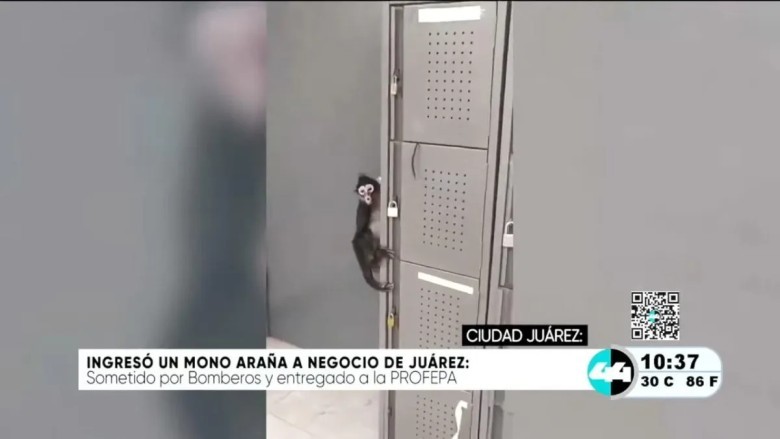
In an unexpected twist to the daily grind of office life, a curious incident recently transpired in Juarez, Chihuahua, Mexico. Office workers were interrupted by the sudden appearance of a spider monkey in their break room. This unusual intruder prompted immediate action from the local authorities, showcasing the interplay between urban life and wildlife.
The Curious Case of the Spider Monkey
The recent sighting of a spider monkey in an office environment raises numerous questions about how this endangered species found its way into such an unlikely setting. Spider monkeys are not native to urban areas; they are primarily found in tropical rainforests, where they thrive high in the canopy. Their striking appearance—long limbs, a prehensile tail, and expressive faces—captures the imagination and reminds us of the vibrant wildlife that exists just beyond our concrete jungles.
Mexico’s Attorney General for Environmental Protection, known as PROFEPA, was swift to act upon reports of the monkey roaming freely within the confines of a break room. It seems almost surreal that an animal known for its agility and intelligence would candidly share a space with office workers, momentarily breaking the monotony of their 9-to-5 routine.
The Response From Authorities
Upon receiving the call, firefighters and animal control officers rushed to the scene, ready to tackle the peculiar challenge that lay ahead. Their arrival turned what could have been a chaotic situation into an organized rescue operation. Such a display of cooperation between various agencies underscores the importance of protecting wildlife, even when it inadvertently strays into human habitats.
Upon capturing the spider monkey, officials discovered that it showed signs of malnutrition. This finding raises concerns about the animal’s previous living conditions and underscores a larger issue: the plight of endangered species. Spider monkeys, classified as endangered, face numerous threats, including habitat loss and illegal trafficking. The state of this particular monkey reflects the reality many of its counterparts face in the wild.
Rehabilitation and Future Prospects
Fortunately, after being rescued, the spider monkey was placed under veterinary care, where it received the necessary treatment to address its malnutrition. This intervention is crucial for the monkey's recovery and well-being. The response by PROFEPA and the animal control officers highlights the dedication to fostering a safe environment for wildlife, even in the most unconventional circumstances.
As the monkey receives care, discussions regarding its future are underway. Authorities have promised to find an appropriate home for this individual, emphasizing the importance of placing animals in environments where they can thrive. There is a delicate balance to maintain; while the fascination with wildlife is natural, a firm understanding of legal and ethical considerations must guide decisions involving captive animals.
The Environmental Context
Why is the fact that a spider monkey was found in an office environment significant? To understand this, one must appreciate the role of such animals in their ecosystems. Spider monkeys play a vital role in the dispersal of seeds and maintaining the health of their habitats. However, through urban expansion and deforestation, their numbers have dwindled, making sightings increasingly rare. When a spider monkey appears in an unexpected locale, it serves as a reminder of our impact on their natural environment.
In Mexico, spider monkeys are legally protected—selling them as pets or keeping them in captivity is prohibited. This policy exists to discourage exploitation and ensure that these creatures remain part of the natural tapestry of life. As urban inhabitants, it is our responsibility to advocate for protected species by understanding and respecting their habitats.
The Intricacies of Coexistence
The presence of wildlife in urban areas symbolizes the intricate relationship between humans and nature. Urbanization encroaches on natural habitats, often leading to conflicts between the two realms. As cities expand, wild animals are displaced and forced to seek refuge in populated areas, leading to scenarios such as the one in Juarez. Each encounter with wildlife prompts reflection on how we can coexist with nature rather than viewing it as a nuisance.
Public awareness campaigns focused on wildlife conservation can help mitigate these issues. Educating the community about local wildlife and promoting respect for natural habitats can profoundly impact how future encounters are handled. When individuals understand the significance of protecting endangered species, they are more likely to advocate for policies that preserve the environment.
Conclusion: A Call To Action
As the story of the spider monkey in the office break room comes to a close, it leaves us with a crucial question—how can we contribute to protecting endangered species? Awareness is just the beginning. Communities can engage in conservation efforts, support wildlife rehabilitation centers, and advocate for policies that protect natural habitats.
While this solitary spider monkey's journey may have taken a strange turn, it can remind us of the preciousness of wildlife and the need for safeguarding their existence. Next time you encounter wildlife, whether in urban jungles or natural landscapes, remember that these creatures are vital players in our ecosystem. It is upon each of us to ensure their survival for generations to come.
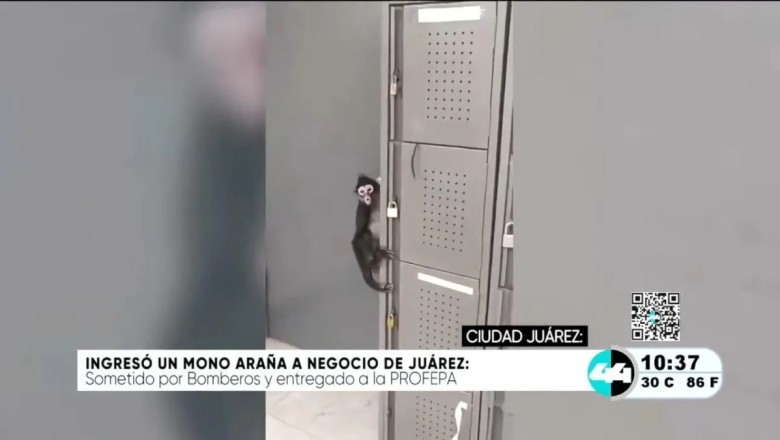











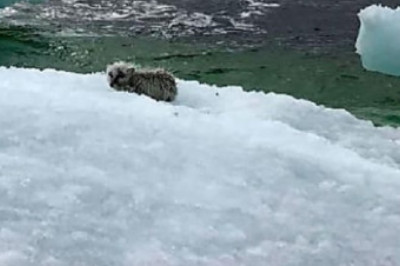
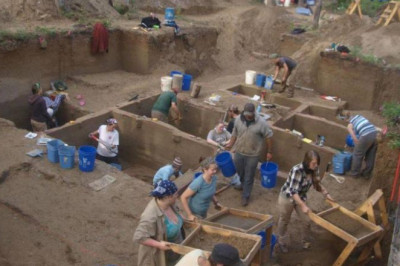

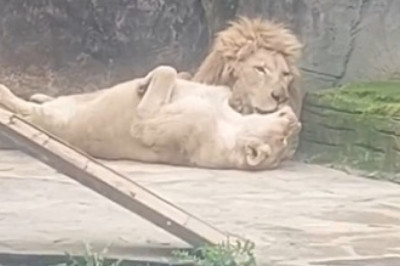

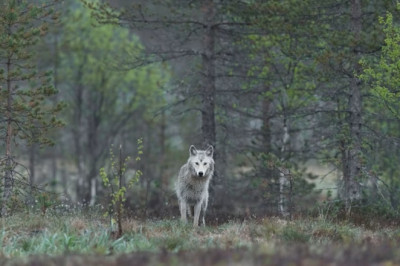
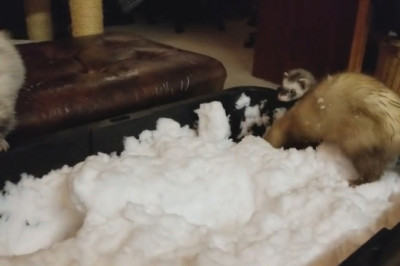

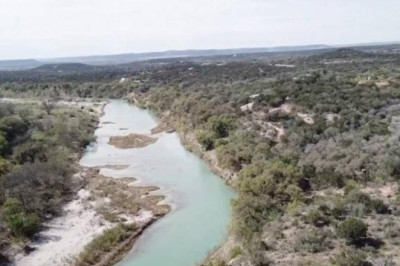

Comments
0 comment